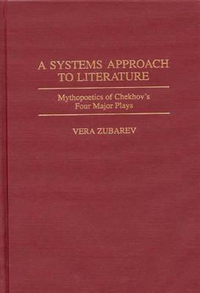Private Readings/Public Texts: Playreaders' Constructs of Theatre Audiences
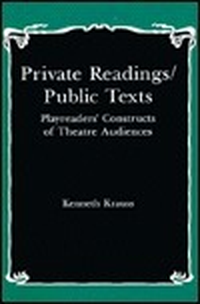
Summary
In this volume, Kenneth Krauss maintains that if readers are to comprehend playscripts as plays, they must imagine the theatre audience - so vital to the staging of any script, but conspicuously absent from the text itself. Krauss examines what has been written about reading playscripts (or "playreading") and proposes four possible ways, founded on a reception-oriented approach to theatre communication and spectator response, that playreaders may construct a sense of theatre audiences
The study begins with a review of a varied collection of books and dissertations, written over the last forty-five years, all of which explicitly discuss playreading and exhibit only minor interest in the relationship between reader and theatre audience. The study next attempts to explain why writers more sympathetic to a reader-centered view of reading, notably reader-response critics, have avoided dramatic texts almost entirely. The study finds that both theoretical and institutional limitations have kept recent so-called audience-centered critics from the crucial issues related to reading playscripts.
Drawing on play reading literature and on theatre reception theory, the study presents four spectator constructs which readers may deploy during the reading of playscripts. The first is what some, notably David Scanlan and Karen Laughlin, see as the "inscribed" audience (the rhetorical "house" implied by the playscript itself), which is in fact usually a projection of readers themselves. The second construct, originally proposed by Roger Gross, is the hypothetical audience which is significantly distinct from text and reader. The third and fourth, suggested by Kirsten Nigro, are the more specific actual or historical audience - which is based on hard data about real spectators - and the speculated audience, which focuses on either those who never come to see the play in question or those who actually did come but who must be imagined seeing the performance under different circumstances.
These constructs are illustrated through four separate but related explorations of Jean Genet's Les Bonnes. The study offers a credible but highly subjective rhetorical reading and then develops a hypothetical approach which is (deliberately) flawed in part. The study then turns to the play's original staging and attempts to explain the negative responses of the actual spectators who attended the play's premiere run. Finally, in an attempt to speculate upon who might have comprised a better audience for Genet's play, the study concludes by inventing a restaging of the play in a different theatre, by different actors, under a different director, and by constructing a highly select and very appreciative house.
Similar Books
-
 The Semiotics of Theatre and Drama
The Semiotics of Theatre and Dramaby Keir Elam
-
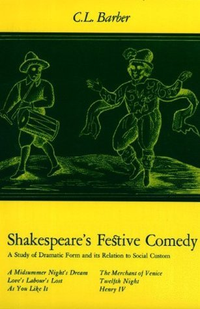 Shakespeare's Festive Comedy
Shakespeare's Festive Comedyby Cesar Lombardi Barber
-
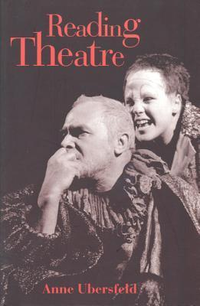 Reading Theatre
Reading Theatreby Anne Ubersfeld
-
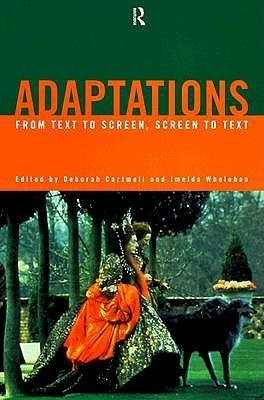 Adaptations
Adaptationsby Deborah Cartmell
-
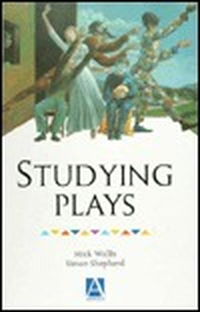 Studying Plays
Studying Playsby Mick Wallis
-
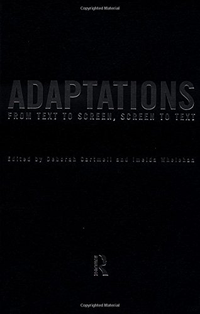 Adaptations: From Text to Screen, Screen to Text
Adaptations: From Text to Screen, Screen to Textby Deborah Cartmell
-
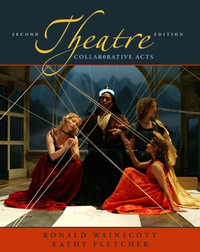 Theatre: Collaborative Acts
Theatre: Collaborative Actsby Ronald Wainscott
-
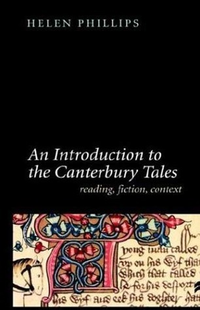 An Introduction To the Canterbury Tales: Fiction, Writing, Context
An Introduction To the Canterbury Tales: Fiction, Writing, Contextby Helen Phillips
-
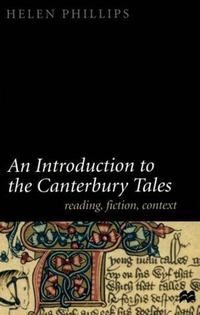 An Introduction To the Canterbury Tales: Reading, Fiction, Context
An Introduction To the Canterbury Tales: Reading, Fiction, Contextby Helen Phillips
-
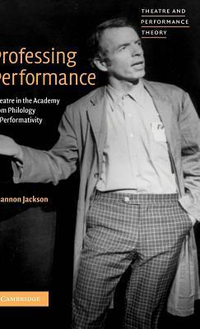
-
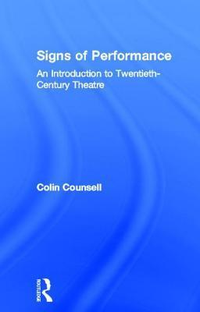 Signs of Performance: An Introduction to Twentieth-Century Theatre
Signs of Performance: An Introduction to Twentieth-Century Theatreby Colin Counsell
-
 That Shakespeherian Rag Pb
That Shakespeherian Rag Pbby Terence Hawkes
-
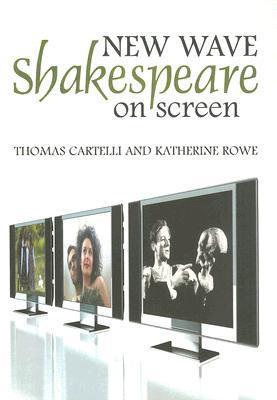 New Wave Shakespeare on Screen
New Wave Shakespeare on Screenby Thomas Cartelli
-
 King Lear
King Learby Ann Thompson
-
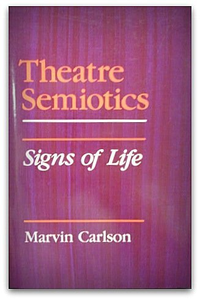 Theatre Semiotics: Signs of Life
Theatre Semiotics: Signs of Lifeby Marvin A. Carlson
-
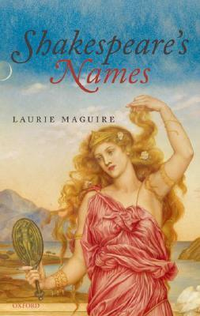 Shakespeare's Names (Oxford Shakespeare Topics
Shakespeare's Names (Oxford Shakespeare Topicsby Laurie Maguire
-
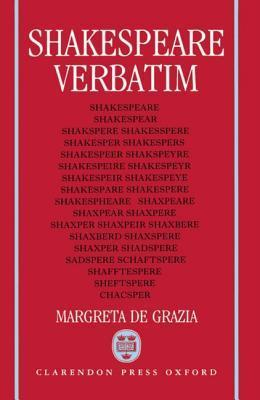 Shakespeare Verbatim: The Reproduction of Authenticity and the 1790 Apparatus
Shakespeare Verbatim: The Reproduction of Authenticity and the 1790 Apparatusby Margreta de Grazia
-
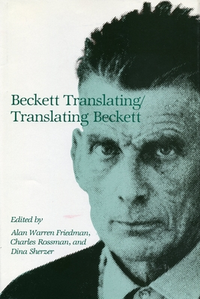 Beckett Translating/Translating Beckett
Beckett Translating/Translating Beckettby Alan W. Friedman
-
 Stillness in Motion in the Seventeenth Century Theatre
Stillness in Motion in the Seventeenth Century Theatreby P.A. Skantze
-
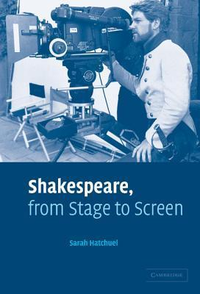 Shakespeare, from Stage to Screen
Shakespeare, from Stage to Screenby Sarah Hatchuel
-
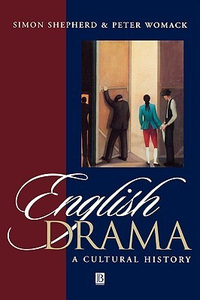 English Drama: A Cultural History
English Drama: A Cultural Historyby Simon Shepherd
-
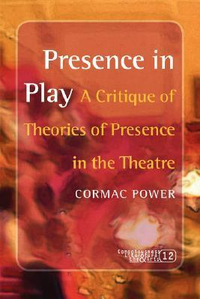
-
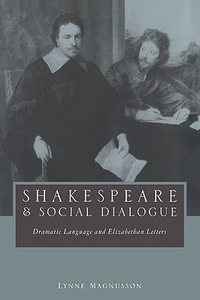 Shakespeare and Social Dialogue: Dramatic Language and Elizabethan Letters
Shakespeare and Social Dialogue: Dramatic Language and Elizabethan Lettersby Lynne Magnusson
-
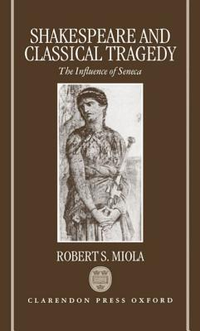 Shakespeare and Classical Tragedy: The Influence of Seneca
Shakespeare and Classical Tragedy: The Influence of Senecaby Robert S. Miola
-
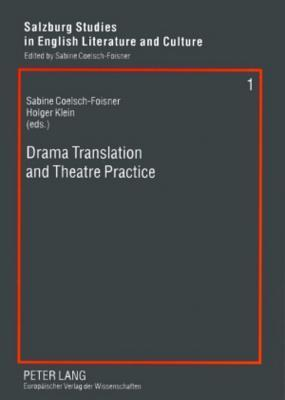 Drama Translation and Theatre Practice
Drama Translation and Theatre Practiceby Sabine Coelsch-Foisner
-
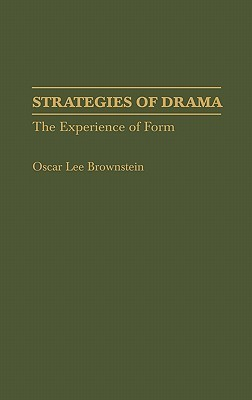 Strategies of Drama: The Experience of Form
Strategies of Drama: The Experience of Formby Oscar Lee Brownstein
-
 Chekhov: A study of the major stories and plays
Chekhov: A study of the major stories and playsby Beverly Hahn
-
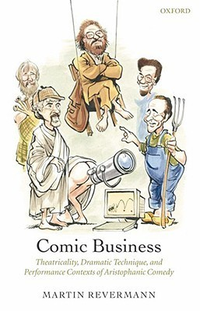
-
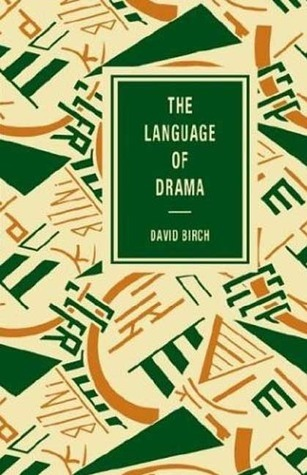 The Language of Drama
The Language of Dramaby David Birch
-
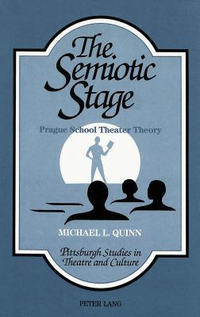 The Semiotic Stage: Prague School Theater Theory
The Semiotic Stage: Prague School Theater Theoryby Michael L. Quinn
-

-
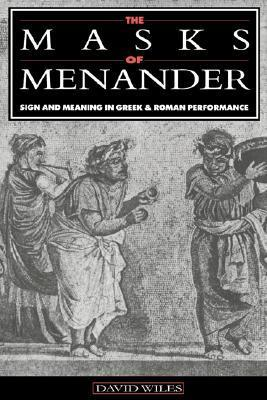
-
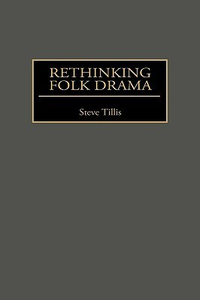 Rethinking Folk Drama
Rethinking Folk Dramaby Steve Tillis
-
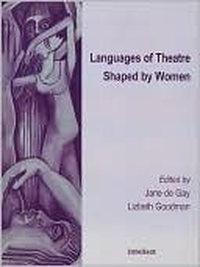 Languages of Theatre Shaped by Women
Languages of Theatre Shaped by Womenby Jane De Gay
-
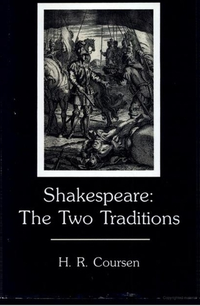 Shakespeare: The Two Traditions
Shakespeare: The Two Traditionsby Herbert R. Coursen
-

-
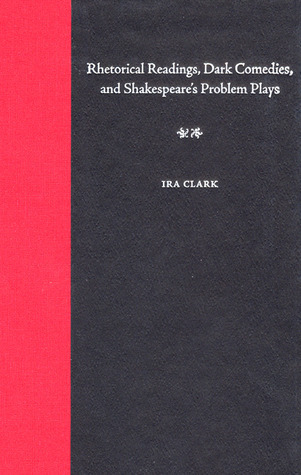
-
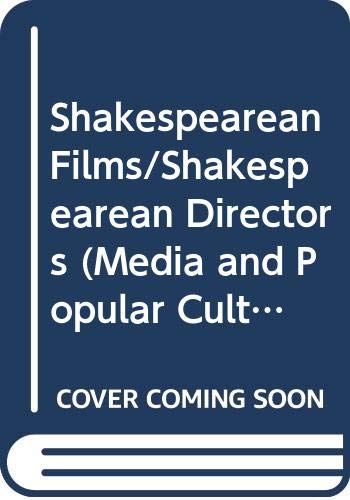 Shakespearean Films
Shakespearean Filmsby Donaldson
-
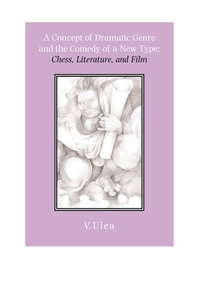
-
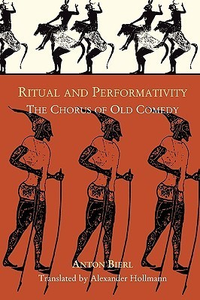 Ritual and Performativity: The Chorus in Old Comedy
Ritual and Performativity: The Chorus in Old Comedyby Anton Bierl
-
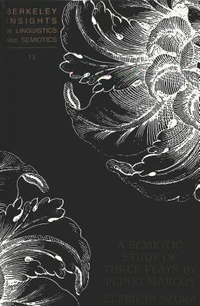 A Semiotic Study of Three Plays by Plínio Marcos
A Semiotic Study of Three Plays by Plínio Marcosby Elzbieta Szoka
-
 Dramatic Narrative: Racine's Récits
Dramatic Narrative: Racine's Récitsby Nina C. Ekstein
-
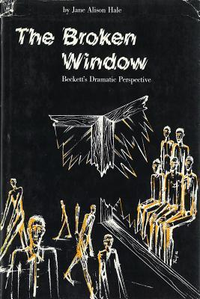 Broken Window: Beckett's Dramatic Perspective
Broken Window: Beckett's Dramatic Perspectiveby Jane Alison Hale
-
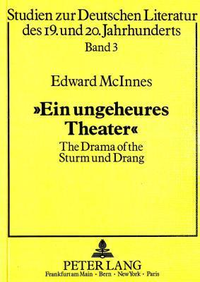 «Ein ungeheures Theater»: The Drama of the Sturm und Drang
«Ein ungeheures Theater»: The Drama of the Sturm und Drangby Jean McInnes
-
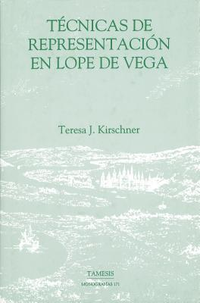 Técnicas de representación en Lope de Vega
Técnicas de representación en Lope de Vegaby Teresa J. Kirschner
-

-
